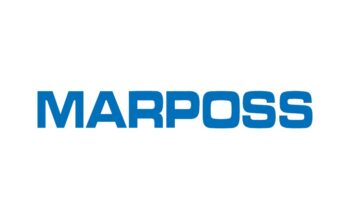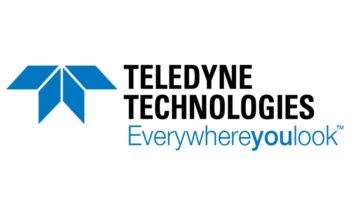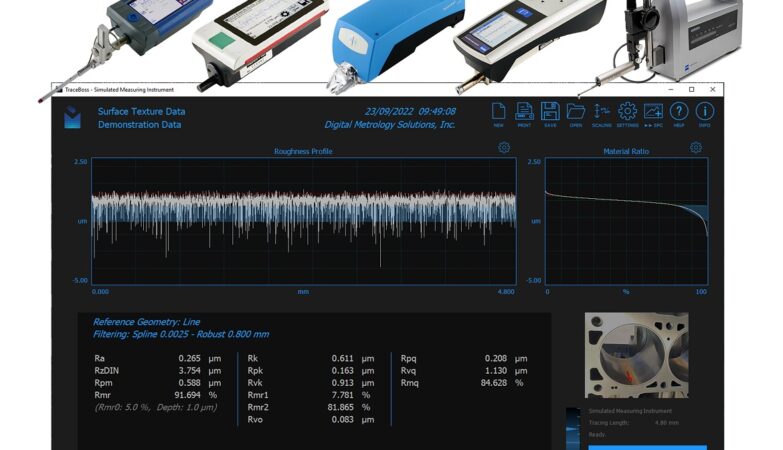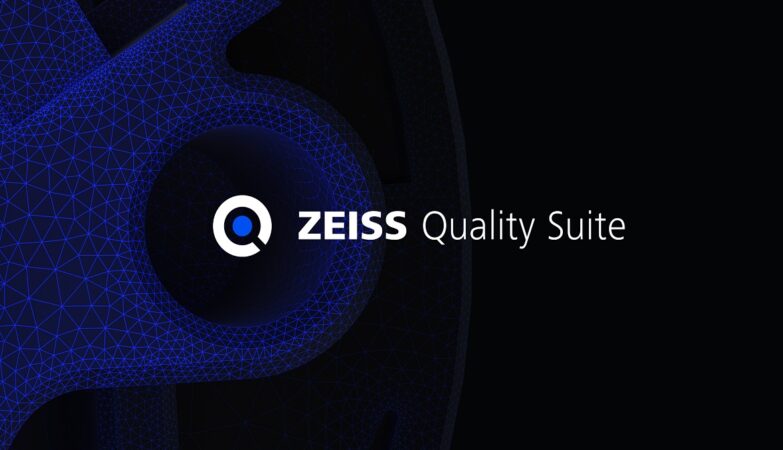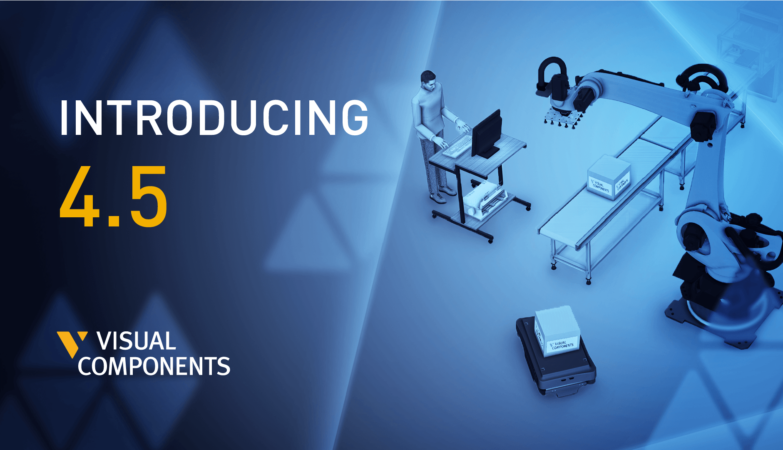Three-dimensional scanning has been widely adopted in industries including manufacturing, aerospace, and entertainment. Engineers, product designers, and researchers use 3D scanners to obtain 3D scan data which can allow them to construct 3D models or run inspections to determine deviations. Handheld 3D scanners are gaining more and more attention because of their portability, ease of operation, and quick results.
How can you choose a 3D handheld scanner to meet your needs? Here we share some tips to shed some light.
Let’s first look at the principles behind 3D handheld scanners. 3D scanners can be mainly divided into 3D laser and structured-light scanners.
1. Handheld 3D laser scanner
3D laser scanners cast lasers onto objects and its sensor analyses the lasers reflected to determine positions in space. Lasers, being not sensitive to interference, can adapt to different measurement conditions. However, laser beams can be affected by speckle noise and Gaussian noise; the resulting effects vary depending on the type of laser source: blue laser and red laser.
Using a red laser scanner and a blue laser scanner, we scanned a calibration board with points at 1-mm intervals. We can see from the picture shown below that a red laser shows more significant speckle noises than a blue laser. It means that the anti-interference ability of the blue laser is stronger than that of the red laser.

Now, let’s compare blue laser and infrared laser. The wavelength of the blue laser is shorter than that of the infrared laser. Because of its characteristic, a blue laser is better for scanning intricate details. When it comes to scanning large-scale objects, an infrared laser with a longer wavelength shows a better scan result.

Scantech, one of the pioneers in China to develop handheld 3D scanners, brings infrared laser and blue laser into one single instrument. Scantech 3D handheld scanners can scan objects from coins to planes with vivid and fine details.

2. Handheld 3D structured-light scanner
Handheld 3D structured-light scanner projects white light patterns onto an object, and the patterns distortion can be used to reconstruct its geometric shape. The scanner can position through natural features, textures, and colors. It takes one shot per frame and stitches scans from different positions together to form a 3D point cloud.
There are two imaging algorithms of structured-light scanners: grating and speckle. When scanning reflective or transparent surfaces with grating technology, we need to apply a light or fine layer of powder onto objects. 3D scanners with speckle technology are featured by flexibility, easy operation and fast scanning.
These scanners are widely used in non-industrial area as they perform well when scanning medium-to-large objects like ancient artifacts and humans. The data they captured are of high resolution and have good details.
Next, we move on to the factors we need to consider when choosing a 3D handheld scanner. Find a scanner that fits your size, accuracy, and resolution requirement.
3. Factors to consider
- Sizes of Objects

When choosing a scanner, you need to first think about the size of the object you want to scan. If you want to scan a small coin, a 3D scanner that can capture intricate details in high resolution would be a good choice. If you are planning to scan a large size object or part like a wind turbine, you need a long-range scanner with a larger field of view. It means that the scanner can capture a large area from a certain distance.
- Accuracy

The accuracy of the scanning means the permissible deviation of each point captured. The accuracy of 3D scanners is largely within a range of 0.01 mm to 0.1 mm. A 3D scanner with an accuracy of 0.06-0.07 mm would be acceptable for most tasks. If you are planning to scan a complex industrial part such as an airplane engine, choose a 3D scanner with high accuracy.
- Resolution

Resolution describes the minimum distance between captured points at a given scan distance. The higher the resolution, the denser the cloud of scan points. When the details of a 3D model are important to you, you would require a high resolution. If not, low-resolution requirements are suitable for you.
- Scanning Rate

When we talk about the scanning rate, we refer to how fast a 3D scanner can capture data off any given object. The rate varies depending on the number of laser lines, the size of the scanning area, and the algorithm of the equipment. A top-of-the-range handheld scanner can measure up to 2 million times per second.

4. How can Scantech help?
KSCAN composite 3D scanner lineup is a series of professional, highly integrated, and handheld 3D scanners. It is featured by an innovative “infrared laser + blue laser” scanning model, built-in photogrammetry, and compatible with portable CMM and automated 3D system. It delivers highly repeatable scanning results with great details in high efficiency. When it comes to measurement, it is suitable for both large-scale and tiny objects. If you would like to know more, click the video below.




